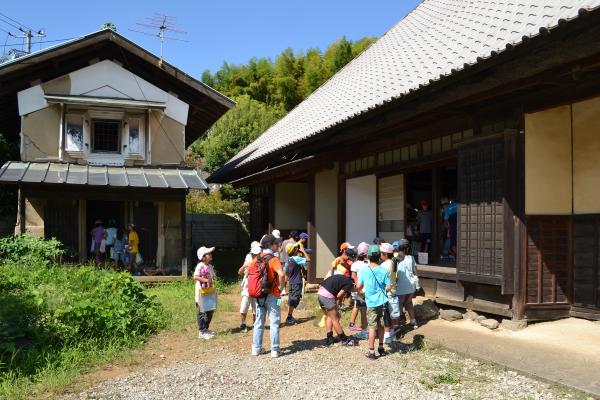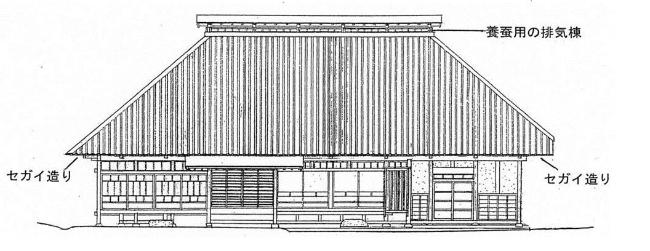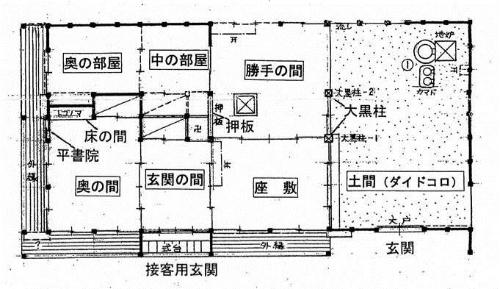Old houses in Hirao
Updated: November 29, 2024

Opening of old folk houses to the public
Twice a month,
Next release date and time
The facility will be open to the public on Wednesday, December 11, 2024 from 9:30 a.m. to 11:30 a.m. and Wednesday, December 25, 2024 from 9:30 a.m. to 11:30 a.m.
place
2-45-19 Hirao, Inagi City
- bus
From Keio Sagamihara Line "Inagi Station" to "Shin-Yurigaoka Station" get off at "Hirao" and walk 5 minutes Odakyu Line "Shin-Yurigaoka Station" to "Inagi Station" get off at "Hirao" and walk 5 minutes
Note: There is no parking lot, so please refrain from coming by car.

Overview of the old folk house
![]() Details of the old house can also be found in the digital archives.
Details of the old house can also be found in the digital archives.
This old house was built in Hirao Village in the late Edo period.
Main house
Feature 1: There is an entrance for customer service
On the left side of the front of the house is the entrance for guests.
Feature 2 Under the eaves The structure of the Segai style
Feature 3: Located in the back room floor of while and Hirashoin
The inner room
Storehouse
Built in 1893 (Meiji 26).


Inquiries regarding this page
Inagi City Local Materials Room
1-9-1 Hirao, Inagi City
Phone: 042-331-0660 Fax: 042-331-0660







